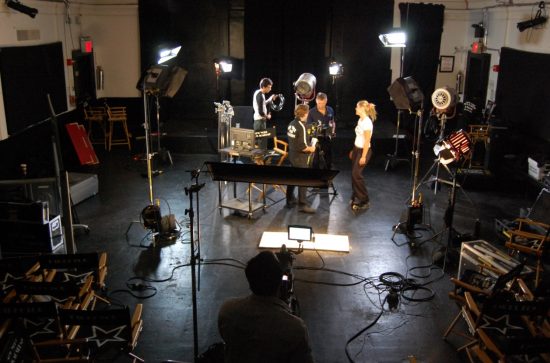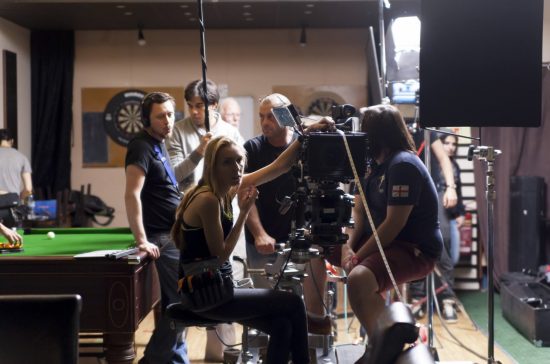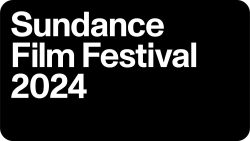The Impact of Films in the Educational Process: Pros and Cons
Learning today has many challenges because students are exposed to so much content at a young age. Most of this content includes educative movies and pictures which are less used in the education system.
Films are a perfect way to reach such students and educate them. Books are boring at times and contain content that cannot be covered within a short time. The use of films in the educational process has advantages and disadvantages. The teacher has to be careful when using videos in the classroom.

The Pros of Using Films in Education
The teacher can use films to enable students to achieve their education goals. Movies are a great way to learn due to the following reasons:
- Films are fun
Movies can impove students’ interest in classroom activities. It is easier for students to relate to the different characters in the film and learn from them. The majority of students remain alert to see the course of action.
There is more concentration in comparison to reading books. Technology has a significant impact on youth who prefer moving pictures and video content in general while disregarding written materials like books and magazines.
- Different linguistic situations
Images and sounds are more effective than reading only. Sometimes, the student does not like the teacher during the presentation of class content. However, movies are easy to relate with because of the use of visual images and sound.
The additional learning styles encourage the student to take part in the learning process without fear of losing out. Learning languages mainly requires movies and audio to enable learners to grasp the sound and gestures.
- Movies provide moments that teach regarding daily life
Movies are a representation of daily life activities. Students can relate to these activities and learn from them, besides seeking essay help online. The learning process becomes effective since the situations are usual activities by ordinary people. In most cases, learning is hard for today’s generation because they cannot relate to the content on a large scale.
- If students lack interest, movies are the best to impove the studying process
Books are tiresome; hence, most students lose interest in a short time. When the teacher cannot pass the message, so much time is lost in trying to convince them to retain interest. Movies can cover up for the teacher by bringing students back to class. In this way, their concentration comes back to the lesson to keep the learning process.
The Cons of Using Films for Educational Purposes
Films have many disadvantages since technology has loopholes. Here find some of the disadvantages of watching films when learning anything:
- Resources and the teacher’s commitment
The screen is needed alongside other materials for the course to go on. The teacher must also monitor the lesson to ensure all students take part. He also has to analyze the movie afterward to complete the learning process.
Learners from remote areas are at a disadvantage when it comes to the use of films. Those from prestigious schools have the most significant advantage and may benefit the most from this experience.
- Choosing materials for learning
Not all movies can be used in the education sector. The teacher must be selective to avoid making mistakes that ruin the class and the learning experience. Showing adult content is a mistake that is punishable by the law. Some teachers may compromise students by choosing wrongly.
- Some movies are very long
When the movie is too long, the message is compromised. It merely becomes an entertainment material rather than a learning material. Students forget the crucial moments where learning experiences came to life.
- The parts with inspiration may be fewer
Learning needs to be adequate for the student to benefit. When most parts of the movie are all about entertainment, it is not suitable for the whole class. The crucial components are those with a clear message and information to the audience.

In conclusion, using movies in education requires order, adequate preparation, and anticipation to utilize times and pass the message to learners. When the teacher makes his own decision regarding the choice of materials and the general use of films, it may not go well with him and those taking part.
Adequate participation is necessary to ensure that all parties allow the use of such materials in the educational process. Nevertheless, the use of cinematography can become such a great help for a teacher to develop the topic and make the studying process more interesting for his or her students.









